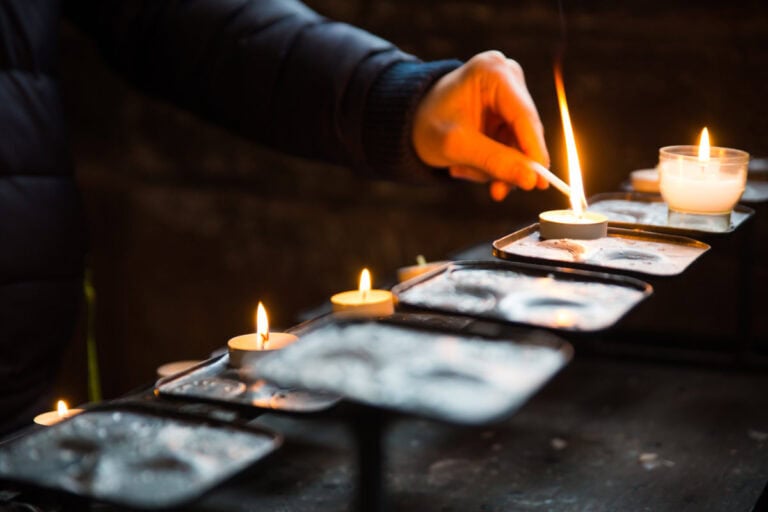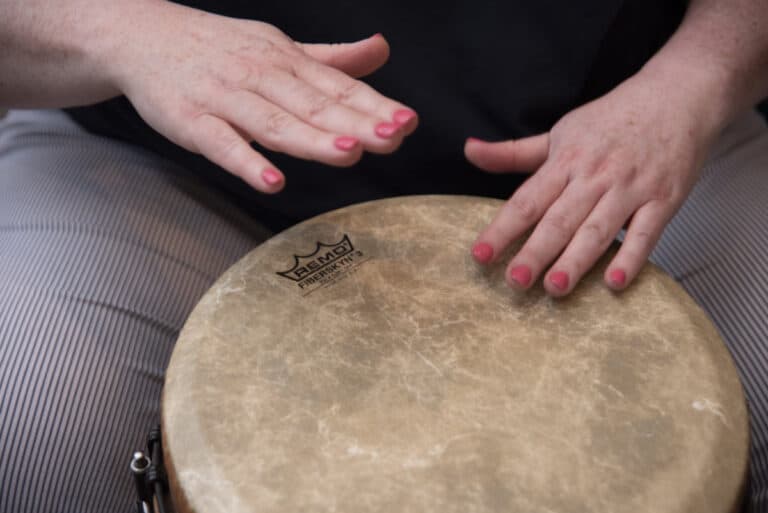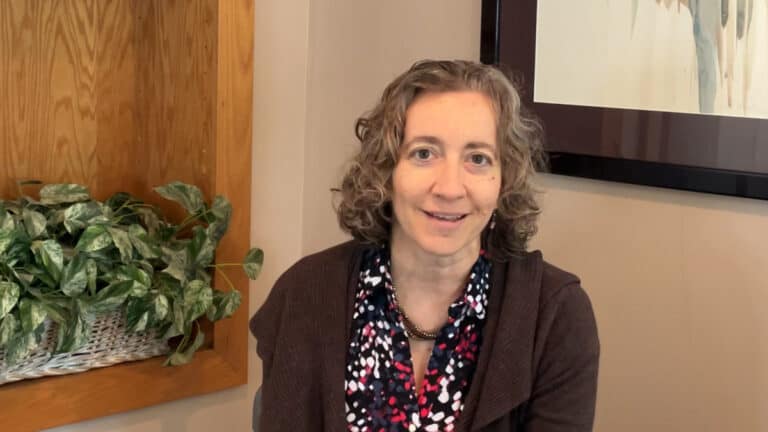The question of “What are the laws governing music and the liturgy?” is not a simple question with an easy answer. In this series of articles, we will explore some of the church documents on music and liturgy and how the guidance offered impacts the role of liturgical musicians.
“The law of the LORD is perfect, refreshing the soul.
The decree of the LORD is trustworthy, giving wisdom to the simple.
The precepts of the LORD are right, rejoicing the heart.
The command of the LORD is clear, enlightening the eye.”
– Psalm 19
Psalm 19 rejoices in the law of the Lord. However, is that our reaction to the laws of the Church? Individual reactions are often based on how we have experienced these “laws.” Have they been used as weapons of power and control? Or have them been used as guideposts, support, or opportunity for growth and challenge?
Vatican II – More than laws
Church documents include various types. Some are more visionary, others more legalistic. We must approach them in the style and for the purpose for which they are intended. Sacrosanctum Concilium, the document on the liturgy from Vatican II, remains the highest level of vision for what the liturgy is to be. It sets a direction of change from what was in existence at the time while also identifying what timeless principles need to be retained. (See par. 21)
This was the first document of the Council, which is dated December 4, 1963. That in itself tells us that the liturgy is of highest importance in the Church. If you want to know about Catholics, look to our prayer. Reading the document gives us a sense of what our worship is to be about, what the Council wanted to restore, and how we are to approach the liturgy. Chapter I is entitled “General Principles for the Restoration and Promotion of the Sacred Liturgy.” These cannot be overlooked as we comb for rubrics. As paragraph 11 reminds us, “Pastors of souls must therefore realize that, when the liturgy is celebrated, something more is required than the laws governing valid and lawful celebration.”
What is full, conscious and active participation?
“Mother Church earnestly desires that all the faithful should be led to that fully conscious, and active participation in liturgical celebrations which is demanded by the very nature of the liturgy. Such participation by the Christian people as ‘a chosen race, a royal priesthood, a holy nation, a redeemed people’ (1 Pet. 2:9; cf. 2:4-5), is their right and duty by reason of their baptism.
In the restoration and promotion of the sacred liturgy, this full and active participation by all the people is the aim to be considered before all else; for it is the primary and indispensable source from which the faithful are to derive the true Christian spirit; …” (par. 14.)
“With zeal and patience, pastors of souls must promote the liturgical instruction of the faithful, and also their active participation in the liturgy both internally and externally, taking into account their age and condition, their way of life, and standard of religious culture.” (par 19.)
The paragraphs above speak to our active participation in the liturgy. There has been some discussion about the “silent” participation of the assembly and the recognition that “active” participation may include listening. The Council does include this as an option. Therefore, a meditation song that is solely a choir selection would be appropriate. However, Sacrosanctum Concilium is very clear, in the above and other places, that the active participation must be more than quiet spectatorship. Given the liturgical practices of the early 1960s upon which the document is reflecting, clearly the bishops are emphasizing in a very rigorous way, the requirement of an external, vocal, bodily participation of the assembly.
“To accomplish so great a work, Christ is always present in His Church, especially in her liturgical celebrations. … He is present, lastly, when the Church prays and sings, for He promised: ‘Where two or three are gathered together in my name, there am I in the midst of them.’ (Matthew 18:20)” (SC par 7)
Clearly this sacred Council anticipates a singing assembly.
Diversity in the liturgy
“Even in the liturgy, the Church has no wish to impose a rigid uniformity in matters which do not implicate the faith or the good of the whole community; rather does she respect and foster the genius and talents of the various races and peoples. Anything in these peoples’ way of life which is not indissolubly bound up with superstition and error she studies with sympathy and, if possible, preserves intact. Sometimes in fact she admits such things into the liturgy itself, so long as they harmonize with its true and authentic spirit.” (par. 37)
The Council anticipated that the renewal of the liturgy by the whole Church would include diversity. Only if the inculturation is in opposition to our beliefs is there a problem. Note the phrase “not indissolubly bound.” In other words, the Council presumes that there are customs that may be integrated into our liturgy of a particular culture.
Sacred music in Sacrosanctum Concilium
The Council chose to devote an entire chapter to music.
“The musical tradition of the universal Church is a treasure of inestimable value, greater even than that of any other art. The main reason for this pre-eminence is that, as sacred song united to the words, it forms a necessary or integral part of the solemn liturgy.” (par 112)
“Sacred music is ‘more holy’ the more it is connected to the liturgy and liturgical action.” (par. 112).
It is no surprise that compositions of ritual music that are to be sung by the assembly grew in importance after the Council. Mass settings that would be sung by the entire congregation and not just the choir, acclamations for the various sacramental moments, etc., extended our corpus of sacred music.
Chant and other musical styles
It is also true that Gregorian chant, given its history in the church, has a particular pride of place. (See par. 116) However, it is not the only type of music that may be used. The Council expressly includes polyphony but is certainly open to other types of music. “Religious singing by the faithful is to be intelligently fostered so that in devotions and sacred exercises as well as some liturgical services the voices of the faithful may be heard …” (par. 118) It is clear that the expectation is that new music will be fostered while the treasury of sacred music is to be preserved. (See par. 114)
“In certain parts of the world, especially mission lands, there are peoples who have their own musical traditions, and these play a great part in their religious and social life. For this reason due importance is to be attached to their music, and a suitable place is to be given to it, not only in forming their attitude toward religion, but also in adapting worship to their native genius…” (par. 119)
The above quotation certainly implies a Eurocentric perspective which would include North America. However, the underlying liturgical theology certainly assumes that every land should use their own musical tradition as long as it is consistent with the intent of liturgy. In other words, there are many musical traditions of the United States that we could be using in our songs of the liturgy. This would include the African American tradition, Native American tradition, and traditions of all people have immigrated to our shores. The music of the people has always been part of their religious and spiritual tradition and in the mixing bowl of our parishes’ Sunday experience, all have a place.
Instruments
“In the Latin Church the pipe organ is to be held in high esteem, for it is the traditional musical instrument which adds a wonderful splendor to the Church’s ceremonies and powerfully lifts up man’s [sic] mind to God and to higher things.
But other instruments also may be admitted for use in divine worship, … This may be done, however, only on condition that the instruments are suitable, or can be made suitable, for sacred use, accord with the dignity of the temple, and truly contribute to the edification of the faithful.” (par. 120)
Yes, because the Council wants to retain the treasury of our history, the pipe organ is important to our worship. But is not the only instrument we may use. Especially given that other musical styles which would not include pipe organ are to be fostered, we can assume that any instrument as long as it is suitable and gives dignity to the liturgy, can be included.
Composers and compositions
“Composers, filled with the Christian spirit, should feel that their vocation is to cultivate sacred music and increase its store of treasures.
Let them produce compositions which have the qualities proper to genuine sacred music, not confining themselves to works which can be sung only by large choirs, but also providing for the needs of small choirs and for the active participation of the entire assembly of the faithful.
The texts intended to be sung must always be in conformity with Catholic doctrine; indeed they should be drawn chiefly from holy scripture and from liturgical sources.” (par. 121)
Again, lest we think that all music planning can do is pull from the treasury of the past, the Council encourages new compositions to be created. Notice the Council includes choirs, small choirs (including ensembles), and the active participation of the assembly. There is no doubt that the bishops gathered intended for sacred music to continue to grow and flourish in parishes. Yes, large choirs should be retained, but small ensembles and especially the voices of the assembly themselves are to find their own compositions – music that they can sing to offer praise and thanks to God.
For additional information on church documents on music and liturgy, see these articles:
- Church Documents on Music and Liturgy Part II – Music in the Introductory Rites
- Church Documents on Music and Liturgy Part III – Liturgy of the Word Music
- Church Documents on Music and Liturgy Part IV – Liturgy of the Eucharist Music
Written by Mary Dumm, D.Min, who is a founding board member of CLEF and the pastoral associate at St. Blase Church in Sterling Heights, Michigan. Additionally, she teaches at Siena Heights University and SS. Cyril and Methodius Seminary.
Copyright © 2024 Catholic Liturgical Ensemble Formation
Looking for more resources? Search our full online library of CLEF Life resources, or sign up for CLEF Life email updates to receive the latest resource in your inbox once a week.



